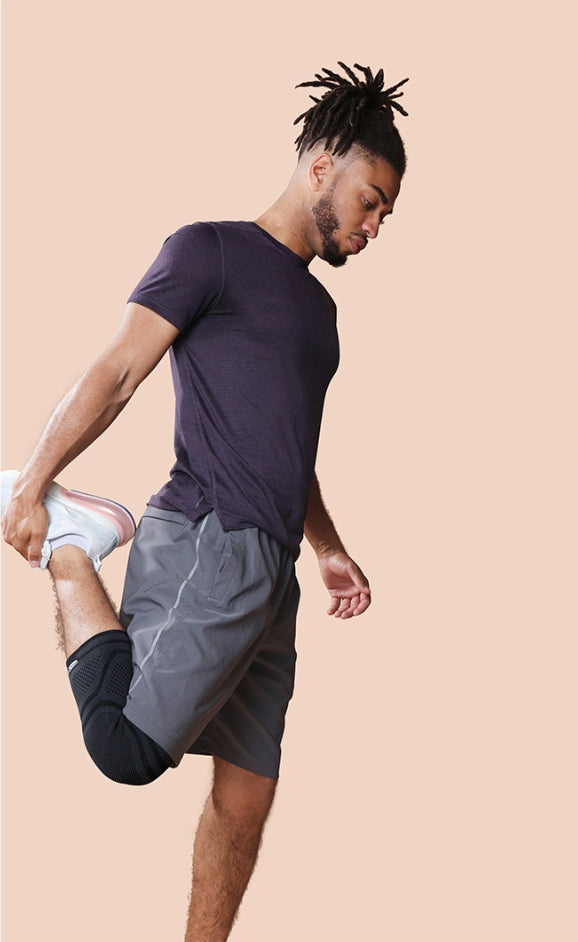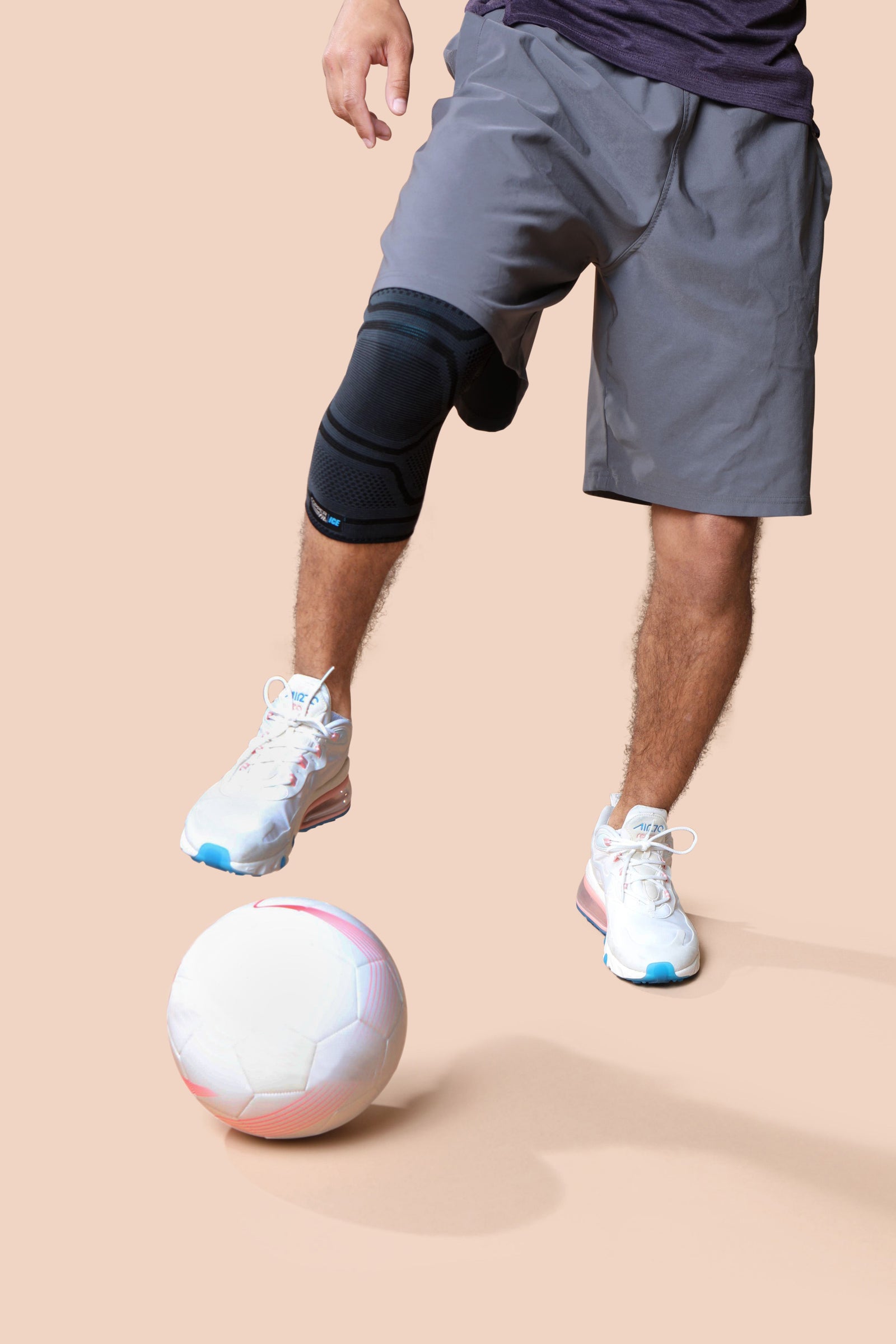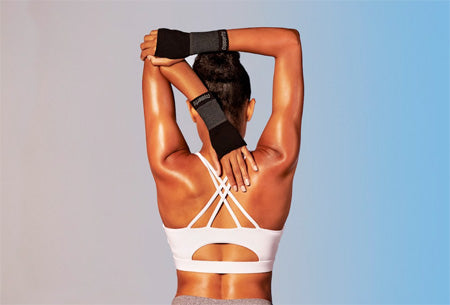
Dealing with persistent swelling or discomfort around the shoulder can be frustrating, especially when everyday movements become a challenge. If you’re experiencing ongoing shoulder discomfort, you may be dealing with shoulder bursitis.
This condition occurs when the bursa, a small, fluid-filled sac that cushions and reduces friction between the bones, ligaments, and tissues in the shoulder, becomes inflamed. Understanding where and why this condition causes pain is essential to finding the right treatment options and strategies for recovery.
What Is Shoulder Bursitis?
The shoulder is one of the most mobile joints in the body, relying on a complex arrangement of bones, muscles, tendons, and bursae to function smoothly.
Bursae are small, fluid-filled sacs that act as cushions, reducing friction between bones, tendons, ligaments, and other tissue during movement. The shoulder contains several of these sacs, which help maintain its extensive range of motion and flexibility.
Bursitis occurs when the fluid-filled sacs between tissues become irritated or swollen, leading to discomfort. Because the shoulder is so complex and is used in so many daily activities, bursitis of the shoulder is one of the most common types of bursitis.
The subacromial bursa is the most commonly affected in cases of shoulder bursitis. This particular bursa sits between the rotator cuff tendons and the bony projection of the shoulder blade called the acromion. When this bursa becomes irritated, it leads to inflammation of the bursa, often causing discomfort during movement.
What Are the Symptoms of Shoulder Bursitis?
Bursitis in the shoulder, also known as shoulder bursa, can present itself as sharp pain, especially when lifting your arm or performing overhead activities. The discomfort often radiates from the top of the shoulder joint to the upper arm and may even extend to the shoulder blade or scapula.
Recognizing the symptoms of shoulder bursitis is key to early intervention. Common indicators include:
- Shoulder pain that worsens with activity or pressure.
- Limited range of motion, making it difficult to lift or rotate the arm.
- Swelling and tenderness in the shoulder.
- Radiating discomfort into the deltoid area or down the upper arm.
- Nighttime pain that interferes with sleep, especially if lying on the affected side.
What Can Cause Shoulder Bursitis?
There are many causes of bursitis in the shoulder, ranging from injury to repetitive strain. Overuse strain from repetitive movements, such as those involved in sports or manual labor, is a common culprit of chronic bursitis. Even everyday habits, such as poor posture or prolonged pressure on the shoulder, can contribute to the problem.
Acute injuries like falls or dislocations can lead to traumatic bursitis. Secondary issues like rotator cuff tears, impingement syndrome, or tendinitis may also play a role.
Some people may have structural abnormalities like bone spurs that irritate the bursa. Less commonly, underlying medical conditions such as rheumatoid arthritis or osteoarthritis may also cause bursitis.
How Is Shoulder Bursitis Diagnosed?
If you’re experiencing persistent shoulder discomfort, it’s important to seek an evaluation from a healthcare provider. A diagnosis typically begins with a physical exam, where your range of motion and pain levels are assessed.
Imaging tests like X-rays or magnetic resonance imaging (MRI) may be used to confirm the presence of an inflamed bursa, rule out other conditions like rotator cuff tears, and examine any structural issues in the shoulder joint. A healthcare provider should also make sure that the bursa isn’t infected and can provide treatment if it is.
Ways To Help With Shoulder Bursitis
When it comes to shoulder bursitis treatment, there are several effective strategies to help manage the condition and promote healing.
Rest and Activity Modification
Reducing activities that aggravate the shoulder can help ease tension and prevent further irritation. Try to limit reaching motions or pressure on the shoulder that tend to exacerbate discomfort.
Medications
When discomfort is getting in the way of everyday activities, some people may find short-term relief from over-the-counter options, including anti-inflammatory medications like ibuprofen and NSAIDs can help soothe discomfort and reduce swelling. It’s important to note that while these medications can ease discomfort associated with bursitis, they do not treat the root issue.
Corticosteroid Injections
For more severe inflammation, your doctor may recommend steroid injections, such as cortisone, to provide relief.
Cold and Heat Therapy
Ice packs are beneficial for reducing swelling in acute cases, while heat can help with chronic stiffness or older injuries. Many people find relief by alternating between the two depending on the injury or root cause of bursitis.
Physical Therapy
A physical therapist can guide you through stretches and strengthening exercises to improve stability, restore the shoulder’s range of motion, and support the surrounding soft tissue.
Range of Motion Exercises
While it is important to rest the shoulder and avoid high-impact activities, gentle stretches and shoulder exercises can help strengthen the joint, improve mobility, and reduce the risk of stiffness.
Compression Sleeves and Wraps
Using a compression sleeve, posture support, or shoulder wrap can be a game-changer for managing shoulder bursitis. A compression sleeve or shoulder wrap can help encourage proper form during exercise or activity, helping reduce strain on the shoulder.
A snug fit supports the shoulder joint and surrounding muscles to offer added comfort and stability. Compression gear can also support healthy blood flow, as gentle compression maintains healthy circulation, aiding recovery and soothing stiffness.
Tips for Prevention and Recovery
Taking proactive steps to prevent shoulder bursitis—or effectively recover if you’ve been diagnosed—can make a big difference in your quality of life.
- Strengthen the Shoulder:Regular strengthening exercises that target the rotator cuff and surrounding muscles can enhance stability and reduce the risk of future injury.
- Avoid Overuse:Pay attention to repetitive motions that strain the shoulder. Use breaks and alternate activities to avoid excessive stress.
- Practice Good Posture:Keeping the shoulders alignedcan prevent unnecessary pressure on the subacromial bursa.
- Address Underlying Conditions:If you have rheumatoid arthritis, osteoarthritis, or another chronic issue, work with your healthcare provider to manage these medical conditions effectively.
- Try Compression Gear:Incorporating a high-quality compression sleeve or wrap into your routine can provide ongoing support, maintain mobility, and aid recovery from flare-ups.
Understanding Related Conditions and When To Seek Help
Shoulder bursitis often coexists with other conditions like frozen shoulder, rotator cuff tears, or tendinitis, so it’s important to recognize when to consult a professional. Persistent pain, swelling, or loss of movement that doesn’t improve with at-home care should be addressed by an orthopedic specialist. They can evaluate your condition and discuss advanced treatment options, including surgical intervention if necessary.
The Bottom Line
At Copper Fit, we understand the challenges that come with shoulder discomfort. That’s why we’re dedicated to creating compression gear that supports your body’s natural recovery process, promotes comfort, and helps you stay active.
Whether you’re managing bursitis, recovering from an injury, or looking to prevent future issues, our products are designed to keep you moving. We’re here to help you feel better and enjoy life every day.
Sources:
Anatomy, Shoulder and Upper Limb, Glenohumeral Joint - StatPearls | NCBI Bookshelf
Shoulder Bursitis: What It Is, Symptoms & Treatment | Cleveland Clinic
Acromion - an overview | ScienceDirect Topics





